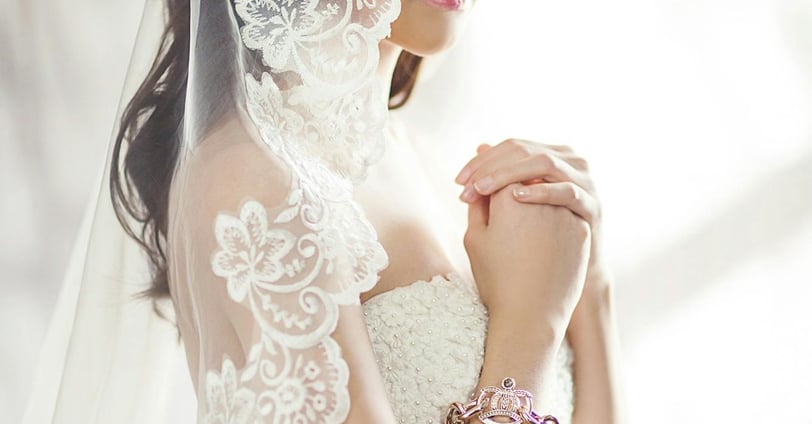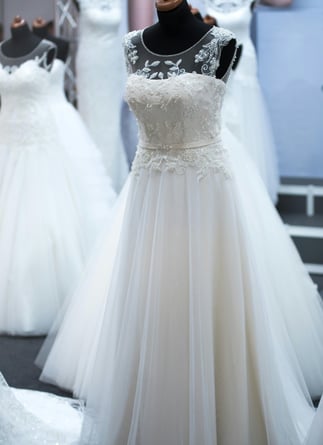The Art of Embroidery in Wedding Dresses: A Timeless Trend
Embroidery isn't just a trend; it's an art form that brings romance and sophistication to bridal wear. From delicate floral motifs to sparkling beadwork, embroidery adds a touch of magic to every gown, making the bride feel like a true princess on her special day.
6/10/20242 min read


Embroidery in wedding dresses goes beyond being a fleeting trend; it's a timeless form of art that adds a touch of romance, elegance, and sophistication to every gown. In this article, we'll delve deeply into the impact of embroidery in the bridal fashion industry, exploring different types of embroidery, the threads used, suitable fabrics, as well as the styles of wedding dresses that showcase this beautiful technique.
1. Types of Embroidery
Embroidery can vary significantly depending on the technique used. Here are some of the most popular embroideries in wedding dresses:
Beaded Embroidery: This technique incorporates beads and sequins to create sparkling and luxurious motifs on the fabric of the gown.
Floral Embroidery: Floral motifs are among the most popular in wedding dresses. From romantic roses to delicate cherry blossoms, floral embroidery brings a touch of freshness and femininity to the dress.
Lace Embroidery: Embroidered lace is a classic and timeless option for wedding dresses. It adds texture and dimension to the fabric, creating a delicate and sophisticated effect.
Foliage Embroidery: Inspired by nature, foliage embroidery replicates leaf and branch motifs, adding an organic and romantic touch to the gown.
2. Threads Used
The choice of thread is crucial in creating the desired effect in embroidery.
The most commonly used threads in wedding dresses are:
Silk Threads: Known for their luster and softness, silk threads add a touch of luxury to embroidery.
They are perfect for delicate motifs and intricate details.
Cotton Threads: Versatile and durable, cotton threads are ideal for sturdier embroideries
and simpler motifs. They offer a wide range of colors and are easy to work with.
Metallic Threads: For an extra sparkle, metallic threads such as gold and silver can be used
to add touches of glamour and opulence to the embroidery.
3. Suitable Fabrics
Not all fabrics are suitable for embroidery. Wedding dresses often use fabrics such as:
Silk: A luxurious and elegant choice, silk provides a beautiful canvas for intricate embroidery work.
Tulle: Lightweight and airy, tulle is often used as an overlay for embroidered motifs, adding dimension and volume to the gown.
Lace: Lace fabrics are commonly embroidered with delicate motifs, creating a stunning combination of texture and detail.
4. Dress Styles and Bride's Morphology
Different dress styles suit different body types, and embroidery can accentuate or camouflage certain features. Here are some examples:
A-Line Dresses: Flattering for most body types, A-line dresses with embroidered bodices draw attention to the waist while elongating the silhouette.
Mermaid Dresses: Fitted through the bodice and hips, mermaid dresses with subtle embroidery along the seams create a slimming effect.
Ball Gown Dresses: With their full skirts and fitted bodices, ball gown dresses often feature elaborate embroidery on the bodice and hem, adding drama and elegance.
In conclusion, embroidery plays a pivotal role in enhancing the beauty and allure of wedding dresses. Whether it's delicate floral motifs or intricate lace patterns, embroidery adds a touch of magic to the bride's special day, making her feel like a true princess.
www.designet.shop


